Now Shopping: All items
$35.99
$59.99
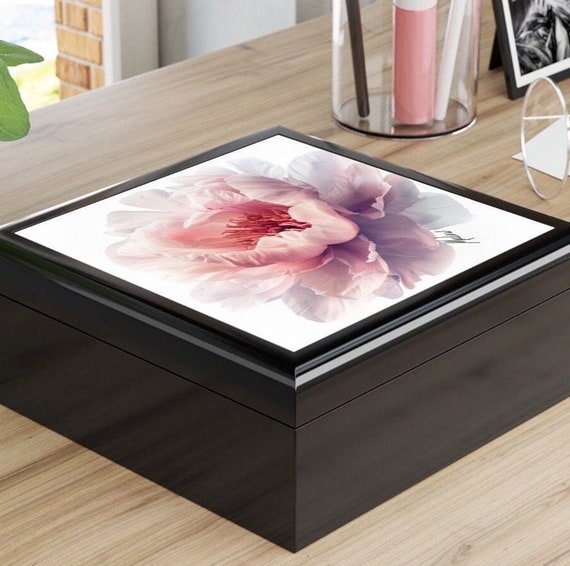 Peony Flower Pink Jewelry Box, Wood Keepsake Felt Lined Trinket Box, Glossy Ceramic Tile Lid, Makes an impressive and thouhjtful gift.
$29.63
$59.27
Peony Flower Pink Jewelry Box, Wood Keepsake Felt Lined Trinket Box, Glossy Ceramic Tile Lid, Makes an impressive and thouhjtful gift.
$29.63
$59.27
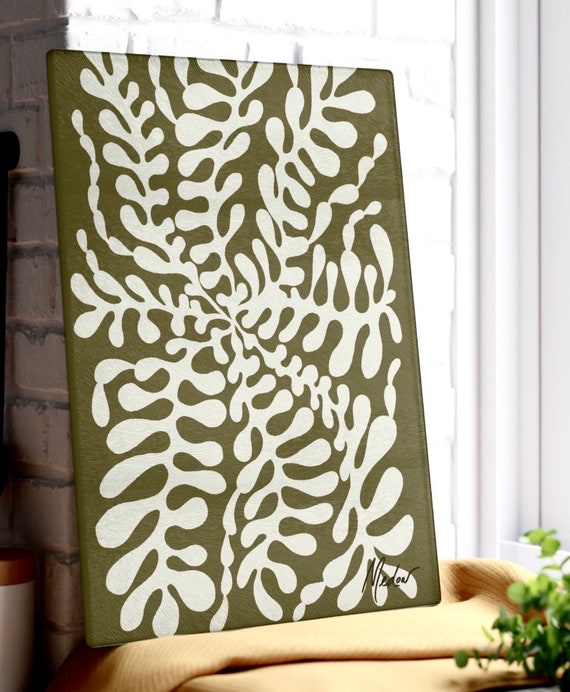 MidCentury Modern Fern Cutting Board, Sage Green Kitchen Functional Gift, Botanical Art Countertop Board, Beautiful Breakfast Bread Board
$27.25
MidCentury Modern Fern Cutting Board, Sage Green Kitchen Functional Gift, Botanical Art Countertop Board, Beautiful Breakfast Bread Board
$27.25
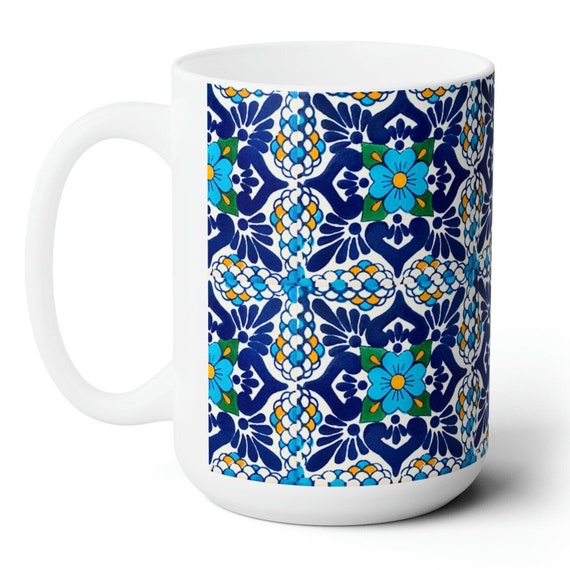 Coffee mug Talavera Tile Blue, 15oz. Ceramic mug is dishwasher and microwave safe. Spain and Mexico home Decor. Gift for her FREE SHIPPIN
$42.38
Coffee mug Talavera Tile Blue, 15oz. Ceramic mug is dishwasher and microwave safe. Spain and Mexico home Decor. Gift for her FREE SHIPPIN
$42.38
 Coffee Mug SET Greece Tile Art , 2 sizes 15oz. or 11oz., Blue tileCeramic mug is dishwasher and microwave safe. Greek Decor. FREE shipping
$35.99
$59.99
Coffee Mug SET Greece Tile Art , 2 sizes 15oz. or 11oz., Blue tileCeramic mug is dishwasher and microwave safe. Greek Decor. FREE shipping
$35.99
$59.99
 Dahlia Flower Red Jewelry Box, Ebony Wood Keepsake And Trinket Box , Unique Gift With Glossy Ceramic Tile Lid. Jewelry Box Present For Her
$35.99
$59.99
Dahlia Flower Red Jewelry Box, Ebony Wood Keepsake And Trinket Box , Unique Gift With Glossy Ceramic Tile Lid. Jewelry Box Present For Her
$35.99
$59.99
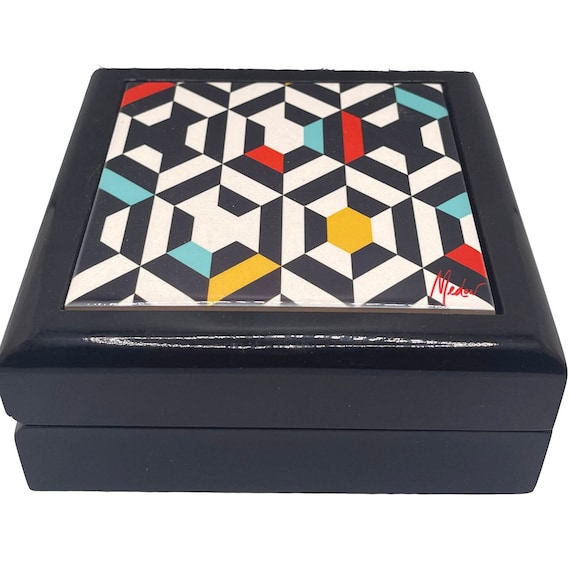 2-Jewelry Box Boho Geometric Jewelry box. Keepsake and Trinket box. Box with glossy ceramic tile lid
$29.63
$59.27
2-Jewelry Box Boho Geometric Jewelry box. Keepsake and Trinket box. Box with glossy ceramic tile lid
$29.63
$59.27
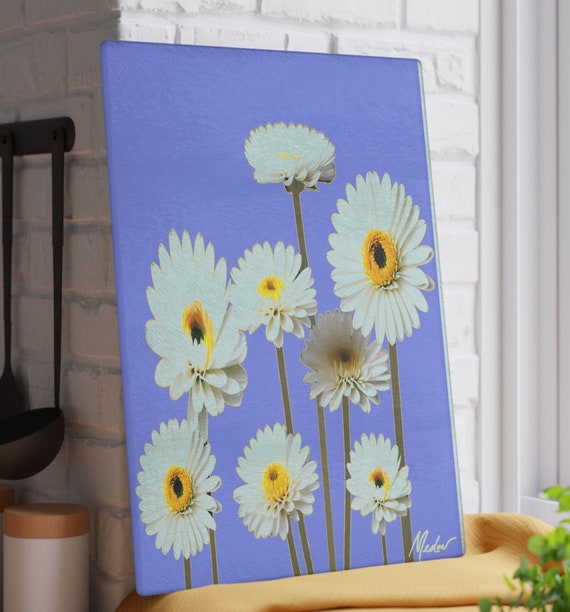 Pretty Daisy Blue Glass Cutting Board, Kitchen Table Luncheon Decor. Serve Slice Dice Glass Tray, Heat And Scratch Resistant Serving Tray
$29.63
$59.27
Pretty Daisy Blue Glass Cutting Board, Kitchen Table Luncheon Decor. Serve Slice Dice Glass Tray, Heat And Scratch Resistant Serving Tray
$29.63
$59.27
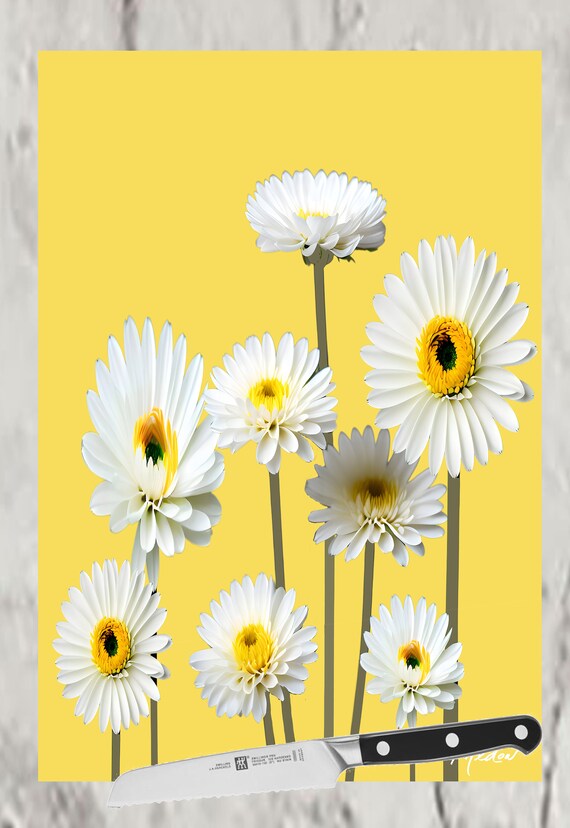 Happy Face Yellow Daisy Cuttingboard Board, Serve Cut Slice And Dice Glass Tray, Heat Resistant Serving Tray, Modern Kitchen Functional Gift
$29.63
$59.27
Happy Face Yellow Daisy Cuttingboard Board, Serve Cut Slice And Dice Glass Tray, Heat Resistant Serving Tray, Modern Kitchen Functional Gift
$29.63
$59.27
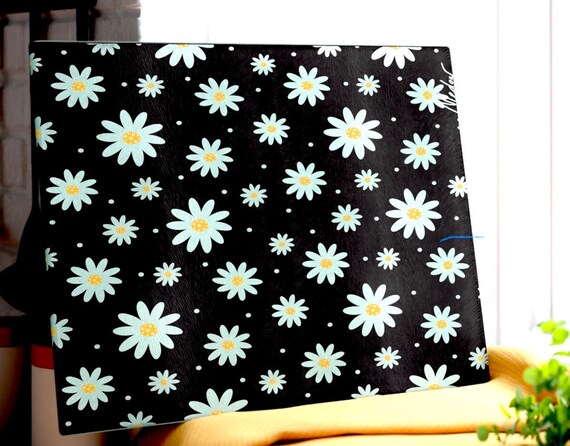 Daisies Black And White Tray, Modern Kitchen Glass Cutting Board, Gift For The Host And Hostess, Distinctive Botanical Art Countertop Board
$29.63
$59.27
Daisies Black And White Tray, Modern Kitchen Glass Cutting Board, Gift For The Host And Hostess, Distinctive Botanical Art Countertop Board
$29.63
$59.27
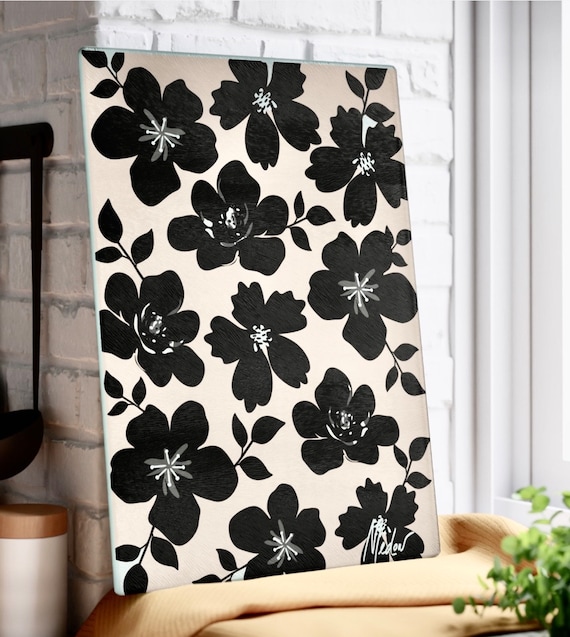 Abstract Beige Black Glass Cutting Board, Floral Illustration Neutral Tray, Modern Kitchen Functional Gift, Flower Dinner Party Centerpiece
$29.63
$59.27
Abstract Beige Black Glass Cutting Board, Floral Illustration Neutral Tray, Modern Kitchen Functional Gift, Flower Dinner Party Centerpiece
$29.63
$59.27
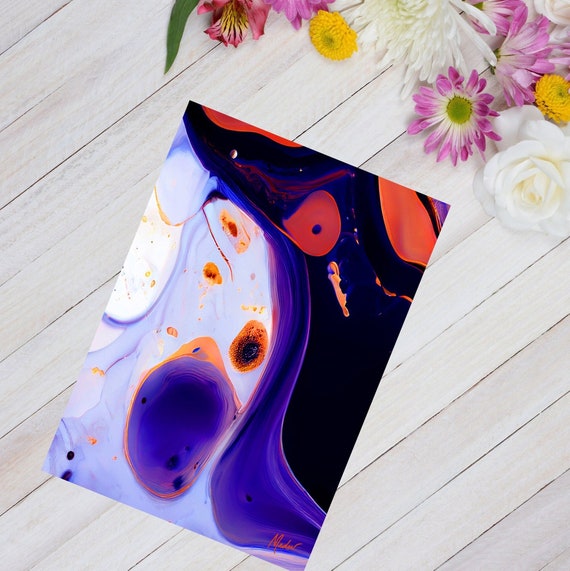 Colorful Abstract Mid Century Serving Tray, Modern Art Glass Cutting Board, Abstract Wavy Contrast Design, Fancy Dinner Party Centerpiece
$29.63
$59.27
Colorful Abstract Mid Century Serving Tray, Modern Art Glass Cutting Board, Abstract Wavy Contrast Design, Fancy Dinner Party Centerpiece
$29.63
$59.27
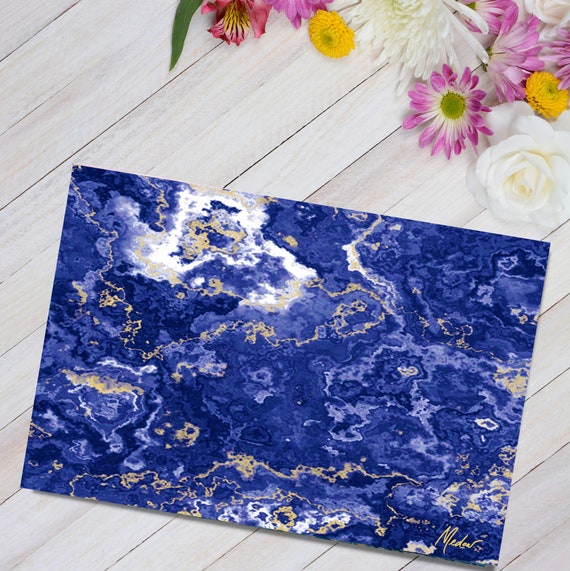 Marble Design Blue Glass Cutting Board, Perfect design for Wedding Gifts Anniversary gifts. Abstract Wavy Contrast Design For Dinner Table
$29.63
$59.27
Marble Design Blue Glass Cutting Board, Perfect design for Wedding Gifts Anniversary gifts. Abstract Wavy Contrast Design For Dinner Table
$29.63
$59.27
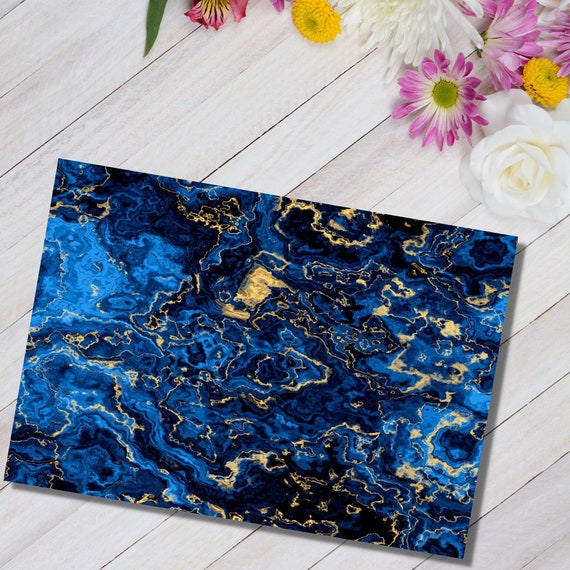 Marble Design Blue Glass Cutting Board, Modern Design for Wedding Anniversary gifts. Use As Veggie Serving Tray Cheese Board, Display Art.
$29.63
$59.27
Marble Design Blue Glass Cutting Board, Modern Design for Wedding Anniversary gifts. Use As Veggie Serving Tray Cheese Board, Display Art.
$29.63
$59.27
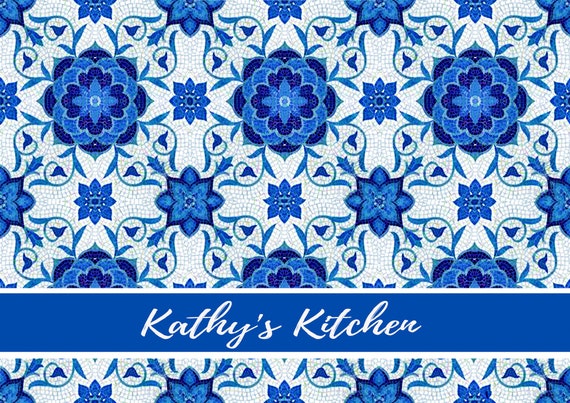 Greece Tile Art Cutting Board Personalized , Modern Kitchen Functional Gift, Greek Tile Decor Serving Tray, Fancy Dinner Party Centerpiece
$41.49
$59.27
Greece Tile Art Cutting Board Personalized , Modern Kitchen Functional Gift, Greek Tile Decor Serving Tray, Fancy Dinner Party Centerpiece
$41.49
$59.27
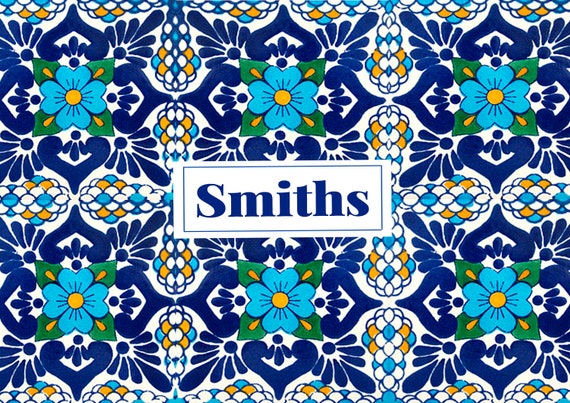 Talavera Tile Personalized Glass Serving Tray. Custom Personalized Kitchen Decor, Talavera Tile Decor Serving Tray, Housewarming Custom Gift
$29.63
$59.27
Talavera Tile Personalized Glass Serving Tray. Custom Personalized Kitchen Decor, Talavera Tile Decor Serving Tray, Housewarming Custom Gift
$29.63
$59.27
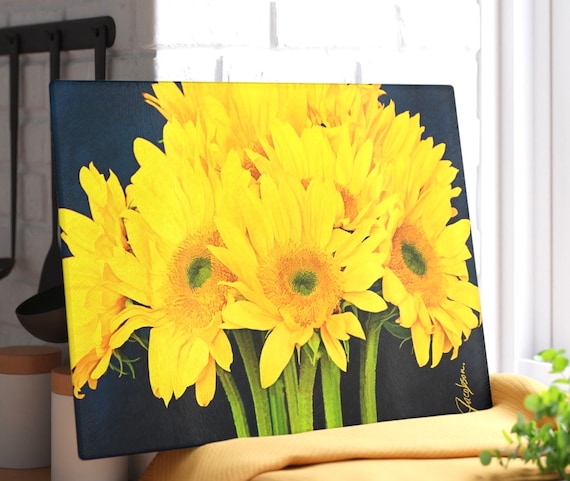 Sunflower Bouquet Glass Cutting Board, Cheerful Tile Decor Serving Tray, Modern Kitchen Functional Gift, Serve Slice And Dice Glass Tray,
$41.49
$59.27
Sunflower Bouquet Glass Cutting Board, Cheerful Tile Decor Serving Tray, Modern Kitchen Functional Gift, Serve Slice And Dice Glass Tray,
$41.49
$59.27
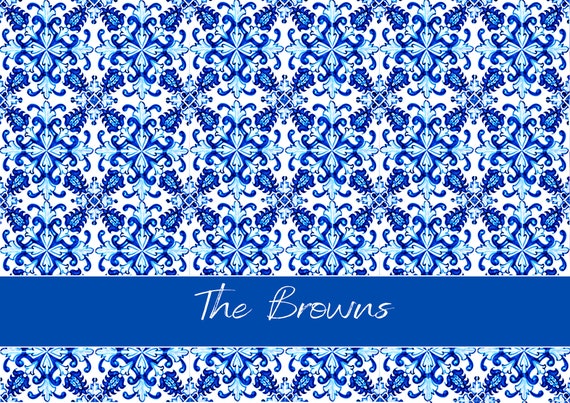 Portuguese Tile Personalized Glass Serving Tray. Custom Personalized Kitchen Decor, Portugal Tile Decor Serving Tray, Housewarming Gift
$41.49
$59.27
Portuguese Tile Personalized Glass Serving Tray. Custom Personalized Kitchen Decor, Portugal Tile Decor Serving Tray, Housewarming Gift
$41.49
$59.27
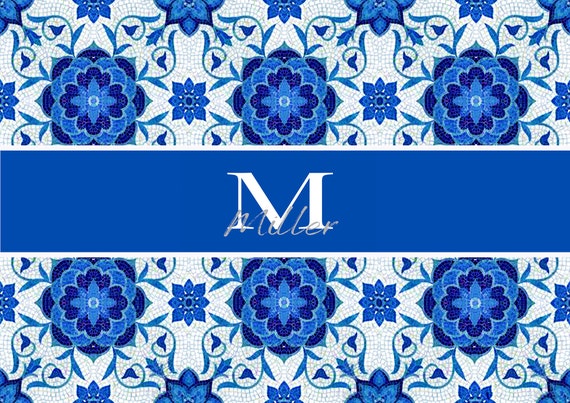 Greek Tile Personalized Glass Serving Tray. Custom Personalized Kitchen Decor, Greece Tile Decor Serving Tray, Housewarming New Home Gift
$41.49
$59.27
Greek Tile Personalized Glass Serving Tray. Custom Personalized Kitchen Decor, Greece Tile Decor Serving Tray, Housewarming New Home Gift
$41.49
$59.27
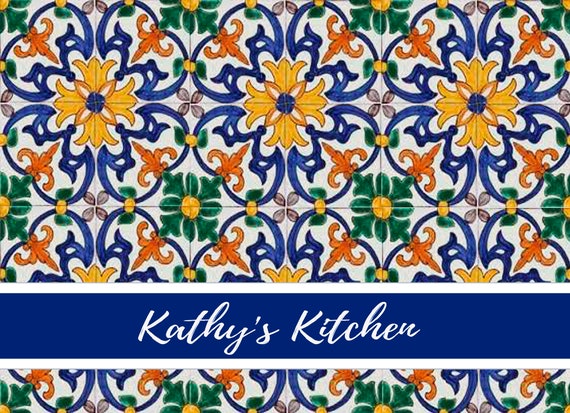 Brazilian Tile Personalized Glass Serving Tray. Custom Personalized Kitchen Decor, Brazil Tile Decor Serving Tray, Housewarming Home Gift
$17.99
$29.99
Brazilian Tile Personalized Glass Serving Tray. Custom Personalized Kitchen Decor, Brazil Tile Decor Serving Tray, Housewarming Home Gift
$17.99
$29.99
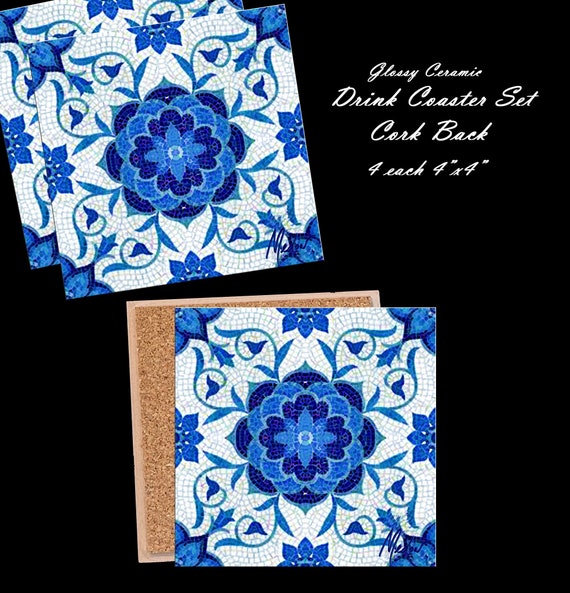 Greece tile. Ceramic tile drink coasters. Greek Painting on Tile. Mothers day gift for her
Greece tile. Ceramic tile drink coasters. Greek Painting on Tile. Mothers day gift for her
 Peony Flower Pink Jewelry Box, Wood Keepsake Felt Lined Trinket Box, Glossy Ceramic Tile Lid, Makes an impressive and thouhjtful gift.
$29.63
$59.27
Peony Flower Pink Jewelry Box, Wood Keepsake Felt Lined Trinket Box, Glossy Ceramic Tile Lid, Makes an impressive and thouhjtful gift.
$29.63
$59.27
 MidCentury Modern Fern Cutting Board, Sage Green Kitchen Functional Gift, Botanical Art Countertop Board, Beautiful Breakfast Bread Board
$27.25
MidCentury Modern Fern Cutting Board, Sage Green Kitchen Functional Gift, Botanical Art Countertop Board, Beautiful Breakfast Bread Board
$27.25
 Coffee mug Talavera Tile Blue, 15oz. Ceramic mug is dishwasher and microwave safe. Spain and Mexico home Decor. Gift for her FREE SHIPPIN
$42.38
Coffee mug Talavera Tile Blue, 15oz. Ceramic mug is dishwasher and microwave safe. Spain and Mexico home Decor. Gift for her FREE SHIPPIN
$42.38
 Coffee Mug SET Greece Tile Art , 2 sizes 15oz. or 11oz., Blue tileCeramic mug is dishwasher and microwave safe. Greek Decor. FREE shipping
$35.99
$59.99
Coffee Mug SET Greece Tile Art , 2 sizes 15oz. or 11oz., Blue tileCeramic mug is dishwasher and microwave safe. Greek Decor. FREE shipping
$35.99
$59.99
 Dahlia Flower Red Jewelry Box, Ebony Wood Keepsake And Trinket Box , Unique Gift With Glossy Ceramic Tile Lid. Jewelry Box Present For Her
$35.99
$59.99
Dahlia Flower Red Jewelry Box, Ebony Wood Keepsake And Trinket Box , Unique Gift With Glossy Ceramic Tile Lid. Jewelry Box Present For Her
$35.99
$59.99
 2-Jewelry Box Boho Geometric Jewelry box. Keepsake and Trinket box. Box with glossy ceramic tile lid
$29.63
$59.27
2-Jewelry Box Boho Geometric Jewelry box. Keepsake and Trinket box. Box with glossy ceramic tile lid
$29.63
$59.27
 Pretty Daisy Blue Glass Cutting Board, Kitchen Table Luncheon Decor. Serve Slice Dice Glass Tray, Heat And Scratch Resistant Serving Tray
$29.63
$59.27
Pretty Daisy Blue Glass Cutting Board, Kitchen Table Luncheon Decor. Serve Slice Dice Glass Tray, Heat And Scratch Resistant Serving Tray
$29.63
$59.27
 Happy Face Yellow Daisy Cuttingboard Board, Serve Cut Slice And Dice Glass Tray, Heat Resistant Serving Tray, Modern Kitchen Functional Gift
$29.63
$59.27
Happy Face Yellow Daisy Cuttingboard Board, Serve Cut Slice And Dice Glass Tray, Heat Resistant Serving Tray, Modern Kitchen Functional Gift
$29.63
$59.27
 Daisies Black And White Tray, Modern Kitchen Glass Cutting Board, Gift For The Host And Hostess, Distinctive Botanical Art Countertop Board
$29.63
$59.27
Daisies Black And White Tray, Modern Kitchen Glass Cutting Board, Gift For The Host And Hostess, Distinctive Botanical Art Countertop Board
$29.63
$59.27
 Abstract Beige Black Glass Cutting Board, Floral Illustration Neutral Tray, Modern Kitchen Functional Gift, Flower Dinner Party Centerpiece
$29.63
$59.27
Abstract Beige Black Glass Cutting Board, Floral Illustration Neutral Tray, Modern Kitchen Functional Gift, Flower Dinner Party Centerpiece
$29.63
$59.27
 Colorful Abstract Mid Century Serving Tray, Modern Art Glass Cutting Board, Abstract Wavy Contrast Design, Fancy Dinner Party Centerpiece
$29.63
$59.27
Colorful Abstract Mid Century Serving Tray, Modern Art Glass Cutting Board, Abstract Wavy Contrast Design, Fancy Dinner Party Centerpiece
$29.63
$59.27
 Marble Design Blue Glass Cutting Board, Perfect design for Wedding Gifts Anniversary gifts. Abstract Wavy Contrast Design For Dinner Table
$29.63
$59.27
Marble Design Blue Glass Cutting Board, Perfect design for Wedding Gifts Anniversary gifts. Abstract Wavy Contrast Design For Dinner Table
$29.63
$59.27
 Marble Design Blue Glass Cutting Board, Modern Design for Wedding Anniversary gifts. Use As Veggie Serving Tray Cheese Board, Display Art.
$29.63
$59.27
Marble Design Blue Glass Cutting Board, Modern Design for Wedding Anniversary gifts. Use As Veggie Serving Tray Cheese Board, Display Art.
$29.63
$59.27
 Greece Tile Art Cutting Board Personalized , Modern Kitchen Functional Gift, Greek Tile Decor Serving Tray, Fancy Dinner Party Centerpiece
$41.49
$59.27
Greece Tile Art Cutting Board Personalized , Modern Kitchen Functional Gift, Greek Tile Decor Serving Tray, Fancy Dinner Party Centerpiece
$41.49
$59.27
 Talavera Tile Personalized Glass Serving Tray. Custom Personalized Kitchen Decor, Talavera Tile Decor Serving Tray, Housewarming Custom Gift
$29.63
$59.27
Talavera Tile Personalized Glass Serving Tray. Custom Personalized Kitchen Decor, Talavera Tile Decor Serving Tray, Housewarming Custom Gift
$29.63
$59.27
 Sunflower Bouquet Glass Cutting Board, Cheerful Tile Decor Serving Tray, Modern Kitchen Functional Gift, Serve Slice And Dice Glass Tray,
$41.49
$59.27
Sunflower Bouquet Glass Cutting Board, Cheerful Tile Decor Serving Tray, Modern Kitchen Functional Gift, Serve Slice And Dice Glass Tray,
$41.49
$59.27
 Portuguese Tile Personalized Glass Serving Tray. Custom Personalized Kitchen Decor, Portugal Tile Decor Serving Tray, Housewarming Gift
$41.49
$59.27
Portuguese Tile Personalized Glass Serving Tray. Custom Personalized Kitchen Decor, Portugal Tile Decor Serving Tray, Housewarming Gift
$41.49
$59.27
 Greek Tile Personalized Glass Serving Tray. Custom Personalized Kitchen Decor, Greece Tile Decor Serving Tray, Housewarming New Home Gift
$41.49
$59.27
Greek Tile Personalized Glass Serving Tray. Custom Personalized Kitchen Decor, Greece Tile Decor Serving Tray, Housewarming New Home Gift
$41.49
$59.27
 Brazilian Tile Personalized Glass Serving Tray. Custom Personalized Kitchen Decor, Brazil Tile Decor Serving Tray, Housewarming Home Gift
$17.99
$29.99
Brazilian Tile Personalized Glass Serving Tray. Custom Personalized Kitchen Decor, Brazil Tile Decor Serving Tray, Housewarming Home Gift
$17.99
$29.99
 Greece tile. Ceramic tile drink coasters. Greek Painting on Tile. Mothers day gift for her
Greece tile. Ceramic tile drink coasters. Greek Painting on Tile. Mothers day gift for her